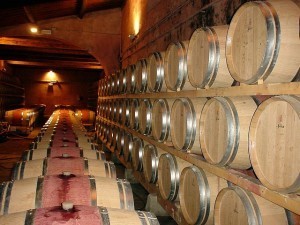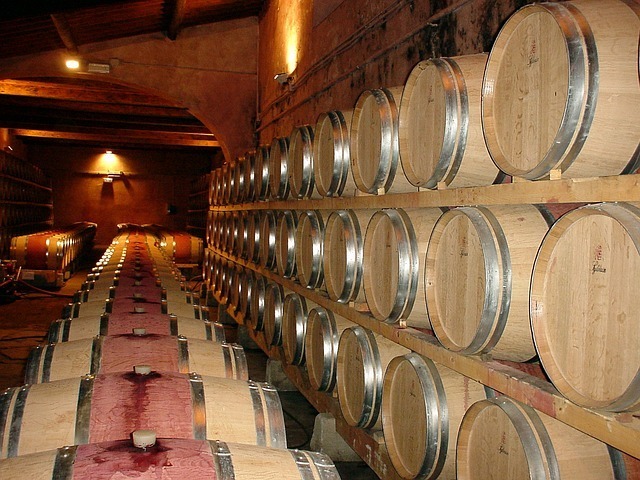 Investments in wine are nearly as old as time and are surging in popularity. The earliest known wine commodities consisted of a few extra bottles that a wine merchant stowed away to sell later after the wine had aged and the supply from that particular harvest of grapes may have become exhausted. Amateur or private wine collectors are abundant today. Such ‘investors’ typically buy what they like and roll the dice on whether the wines will be demanded by others in the future. If not, they still have something good to sip by the fireside.
Investments in wine are nearly as old as time and are surging in popularity. The earliest known wine commodities consisted of a few extra bottles that a wine merchant stowed away to sell later after the wine had aged and the supply from that particular harvest of grapes may have become exhausted. Amateur or private wine collectors are abundant today. Such ‘investors’ typically buy what they like and roll the dice on whether the wines will be demanded by others in the future. If not, they still have something good to sip by the fireside.
Although wine investment may have started in someone’s root cellar, there are now several wine exchanges, like the London International Vintners Exchange (Liv-Ex). Larger investors, who may be diversifying a portfolio with wine investments, often use fund managers who have or have at their disposal wine connoisseurs and industry experts to offer advice on buying, selling, or holding.
If this is prospect is appealing, consider a few things:
Patience is a Virtue – The Rolling Stones prophesied, “Time is on my side.” Time may be on your side, if you are a patient investor and have the financial flexibility to wait for the optimum development of the wines in which you invest. It is estimated that a wait of at least five years is required to see any ROI.
A Matter of Taste – The beauty of wine is generally in the eye, or taste buds, of the beholder. Comedian George Carlin asked, “What wine goes with Captain Crunch?” Some commodities are tangible items that others generally value or would desire to own. Wine? Not so much. If your investment tolerance can withstand unique products that depend on the taste of others, such as fine art, wine may not be a departure.
Temptation – You may drink away your investment. Buying a personally favorite candy for Halloween giving comes to mind. It could be gone before the doorbell rings. An arm’s-length broker or fund manager may be desirable if you feel weak. Then the blushing, maroon, or white sparkling bottles are out of sight and out of mind.
Location, location, location – If you choose to actually touch the bottles you buy, storage space will be needed. One seller of gold investments offers a free safe to store the gold purchases. That doesn’t take much space. The storage space needed for wine depends on how deep you get in wine investing, but it’s common for wine to be sold in lots of or multiples of three bottles. Sometimes full case purchases are required. Some wines require specific temperature control, and, of course, there is the need to store wine in the prone position to keep the corks moist. This may take a good deal of space.
What you don’t know can hurt you – Wine, like art work, antiques and other items of value, can be counterfeited. It’s as easy as creating aged-looking labels, faking the bottle closures, and putting them on inexpensive bottles of wine. In a recent case, a ‘wine criminal’ duped several high-dollar wine collectors and investors by several million dollars.
Wine investments may be a good addition to your portfolio if you like wine, or you just want something unique, but don’t count on the long-term value for your retirement savings.

